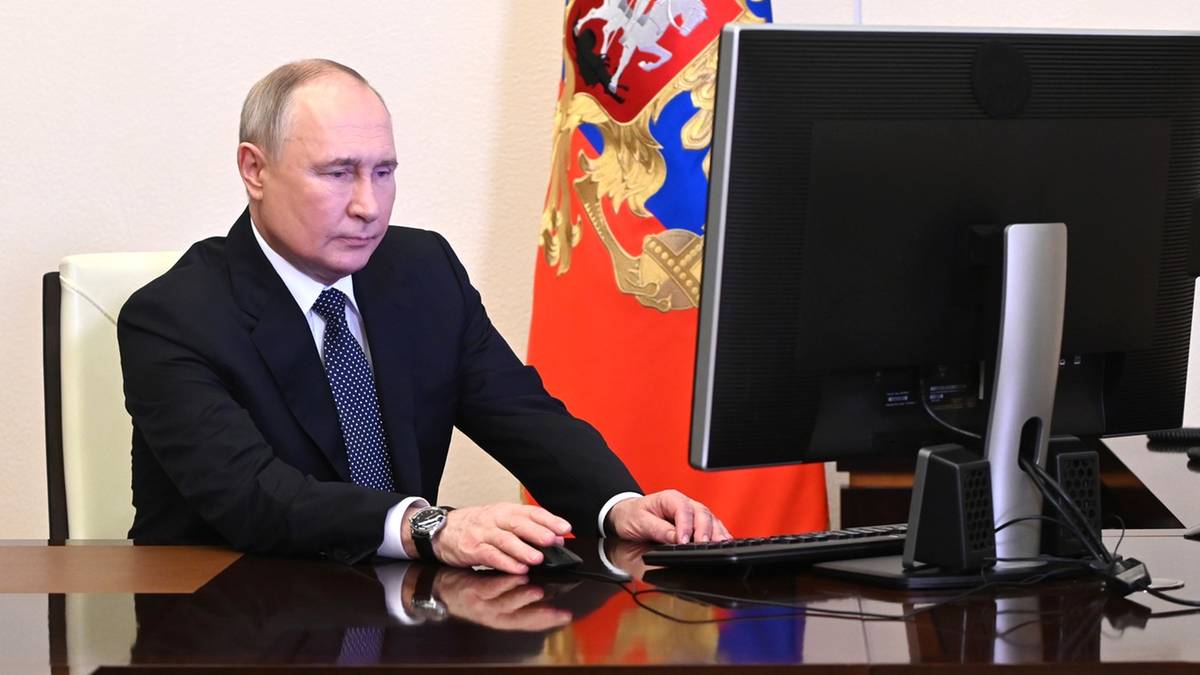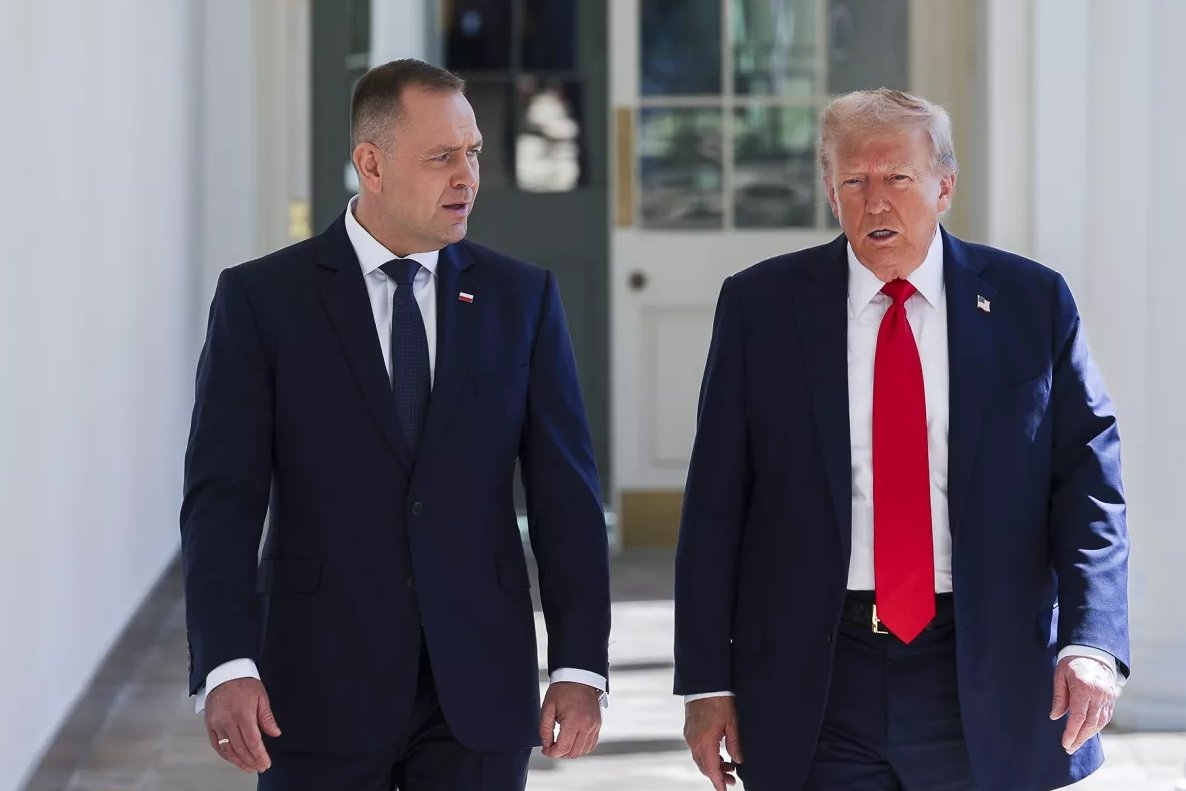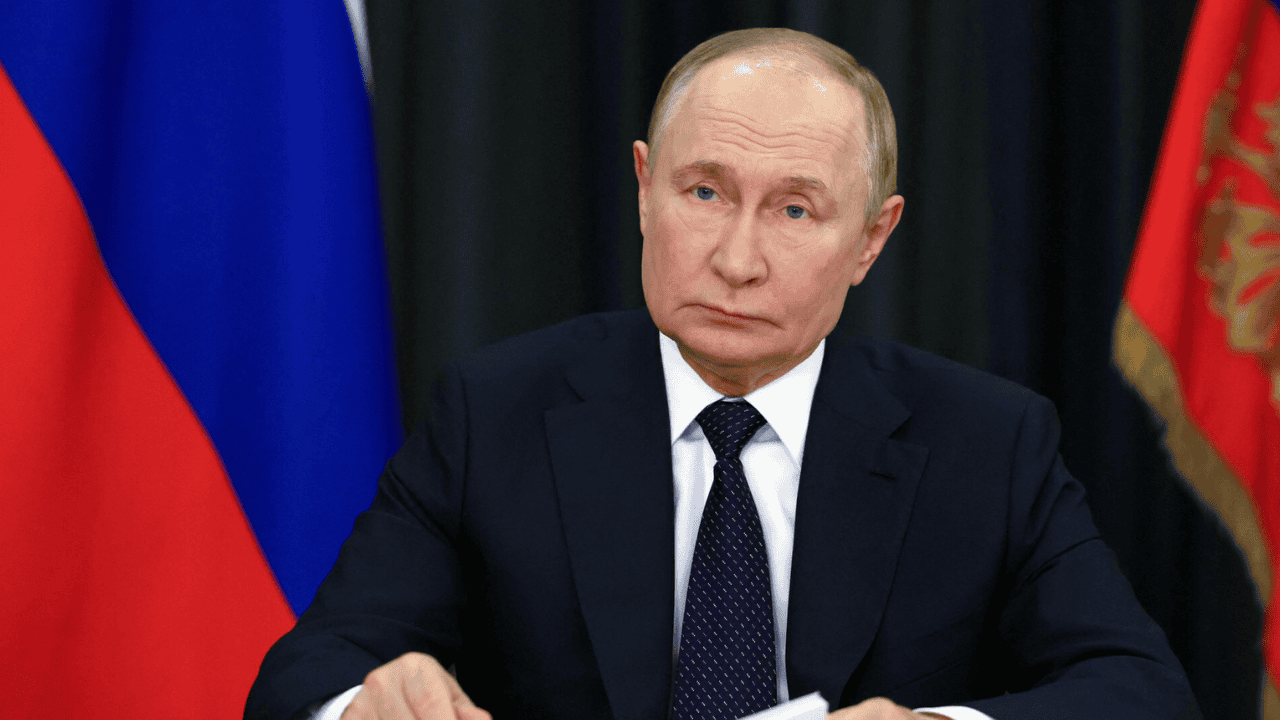The portal wbięmszpile.pl addressed the authorities of the Warmia-Mazury Border defender Division of Gen. Brig. Stefan Pasławski with a request for persons crossing the border of Poland with the Królewiecki Oblast. The data the guards sent us is disturbing. Despite the sanctions introduced in 2022 it is impossible to halt the increasing trend of crossings – the Polish-Russian border is more easy exceeded. Moreover, the Russians cannot travel for tourist purposes across our border, and in the summertime there is simply a immense increase in crossings.
Since September 2022 Poland has introduced stricter entry restrictions for Russian citizens, in consequence to the arrangements of Polish, Estonian, Lithuanian and Latvian Prime Ministers. The fresh rules aimed at limiting the anticipation of citizens of the Russian Federation travelling for economic, sporting, tourist or cultural purposes.
However, the analysis of data from border crossings in Sinches and Bezledy indicates an increase in the number of crossings, suggesting that sanctions may not be full effective. In view of these facts, the border situation requires urgent intervention.
 Polish-Russian border. Disturbing crossings (FOTO: Border Guard)
Polish-Russian border. Disturbing crossings (FOTO: Border Guard)Sinches – data analysis
Data from the border crossing point in Grzechoty from January 2023 to June 2024 show the following picture:
| January 2023 | 17,961 | 4 955 |
| February 2023 | 12 002 | 3 564 |
| March 2023 | 13 866 | 4 059 |
| April 2023 | 20 525 | 5 587 |
| May 2023 | 18 304 | 5 316 |
| June 2023 | 20 542 | 5 547 |
| July 2023 | 27 503 | 7 134 |
| August 2023 | 35 944 | 9 470 |
| September 2023 | 24 270 | 6 526 |
| October 2023 | 25 226 | 6 228 |
| November 2023 | 17,870 | 4 990 |
| December 2023 | 17,988 | 4 971 |
| January 2024 | 29 494 | 8 425 |
| February 2024 | 17 173 | 5 199 |
| March 2024 | 17,712 | 5 167 |
| April 2024 | 22 180 | 5 198 |
| May 2024 | 23 316 | 6 273 |
| June 2024 | 22 540 | 6 247 |
Seasonality of exceedances
Despite sanctions, seasonality is clearly seen in the number of border crossings. The highest figures were recorded during the summertime months, especially in July and August 2023, 27 503 and 35 944 overruns respectively, including 7 134 and 9 470 by Russian citizens. This increase suggests that a crucial number of people crossed the border despite restrictions, which could be the consequence of justified exceptions or circumvention.
Exceptions to sanctions
The provisions introduced contained legitimate exceptions that allowed entry in circumstantial cases, specified as household travel, health, studies or work. It is possible that a crucial number of overruns were made on the basis of these exceptions, which would explain the advanced figures during highest travel periods.
Opportunity to circumvent sanctions – Polish-Russian border
Another aspect is the ability of Russian citizens to circumvent sanctions. They could usage another routes, specified as obtaining visas in another Schengen countries, allowing them to enter Poland.
Differences in the effectiveness and enforcement of border controls may besides affect the number of crossings. specified a country is Hungary, for example, which does not see the issue of visas to Russian citizens.
 Polish-Russian border. Disturbing crossings (FOTO: Border Guard)
Polish-Russian border. Disturbing crossings (FOTO: Border Guard)Polish-Russian border. Bezledy – data analysis
One could say that this is only about the transition in Sinches. However, data from the border crossing in Bezledy besides show an increase in the number of overruns in 2024 compared to 2023:
| January 2023 | 1 897 | 470 |
| February 2023 | 1 112 | 269 |
| March 2023 | 1 222 | 273 |
| April 2023 | 1 594 | 398 |
| May 2023 | 1 319 | 317 |
| June 2023 | 1 353 | 314 |
| July 2023 | 2 446 | 608 |
| August 2023 | 4 527 | 1 142 |
| September 2023 | 1 831 | 457 |
| October 2023 | 1 886 | 455 |
| November 2023 | 1 636 | 368 |
| December 2023 | 2 011 | 442 |
| January 2024 | 3 838 | 910 |
| February 2024 | 1 825 | 439 |
| March 2024 | 3 565 | 802 |
| April 2024 | 3 689 | 891 |
| May 2024 | 3 948 | 835 |
| June 2024 | 4 163 | 1 080 |
Growing numbers in 2024
Data from the border crossing in Bezledy show a crucial increase in the number of crossings in 2024. For example, in June 2024 the number of overruns was 4 163, including 1,080 by Russian citizens, while in June 2023 it was only 1,353 overruns, including 314 by Russian citizens. This increase suggests that despite sanctions, the number of overruns by Russian citizens has increased significantly.
Comparison of entries and departures
Data on entries and exits at border crossing points of Bezleda and Sins show an interesting trend:
| Bleaches | 2023 | 11 928 | 9 948 | 21 876 | 10 615 |
| Bleaches | 2024 | 20 578 | 18 526 | 39 104 | 9 945 |
| Sinches | 2023 | 102 754 | 110 024 | 212 778 | 153 037 |
| Sinches | 2024 | 132 415 | 133 560 | 265 975 | 79 216 |
Differences in entry and exits
- Bleaches:
- In 2023 the number of arrivals was 11,928, and 9,948, which gives a difference of 1,980 entries more than departures.
- In 2024, the number of arrivals increased to 20,578, and departures to 18,526, giving a difference of 2,052 entries more than trips.
- This means that in 2023 about 19.9% more people entered Poland than they left, and in 2024 this difference was about 11.1%.
- Sinches:
- In 2023, the number of arrivals was 102,754 and the number of departures was 110,024, which gives a difference of 7,270 trips more than entries.
- In 2024, the number of arrivals increased to 132,415, and departures to 133,560, giving a difference of 1,145 trips more than entries.
- This means that in 2023 about 7.1% more people left for Kaliningrad Oblast than they entered Poland, and in 2024 this difference was about 0.86%.
Percentage Differences
- Bleaches:
- 2023: 1,980 more entries than departures, which is 16.6% of all crossings.
- 2024: 2 052 more entries than departures, which represents 10.5% of all crossings.
- Sinches:
- 2023: 7 270 more trips than entrances, which represents 3.4% of all crossings.
- 2024: 1 145 more trips than entrances, which represents 0.4% of all crossings.
The request for more effective control and cooperation
The analysis of data from both border crossing points suggests that current sanctions and border controls may not be effective adequate in limiting the number of border crossings by Russian citizens. There is simply a request for stricter controls and more effective global cooperation to guarantee that restrictions are respected and that borders are protected from unjustified overruns.

Improving the effectiveness of sanctions
The existing exceptions to sanctions should be analysed and possibly revised in order to limit their abuse. This may include stricter rules on family, health, student and professional travel.
Better border control
Strengthening border control, including better equipment for border services and training of officers, can aid to improve enforcement. Technology, specified as facial designation systems and automatic recognition systems, can besides increase control effectiveness.
International cooperation
Strengthening cooperation with another countries of the European Union to adopt a common position and to enforce sanctions more effectively against Russian citizens is crucial. Joint actions may include information exchange, coordination of border activities and joint control operations.
Conclusion – Polish-Russian border. Disturbing excesses
Despite severe sanctions, the data from the crossing points of Sinchet and Bezleda show that the number of border crossings by Russian citizens has not decreased significantly. Seasonal increases and the anticipation of circumvention indicate the request for urgent intervention and strengthening border control. More effective control and global cooperation are essential to guarantee safety and public order at the borders of Poland.
The current situation requires decisive action to minimise the risks to national safety and public order and to effectively enforce the sanctions imposed. In addition, the analysis of entries and departures indicates percent differences that may propose additional aspects to be considered erstwhile planning border and sanction policy.
Maciej Nadrąt










![Polski niszczyć nie planowaliśmy. Propaganda Kremla o ataku dronowym [GOWORIT MOSKWA]](https://cdn.oko.press/cdn-cgi/image/trim=413;0;440;0,width=1200,quality=75/https://cdn.oko.press/2025/09/AFP__20250902__736Y47C__v1__HighRes__ChinaPoliticsDiplomacy.jpg)




